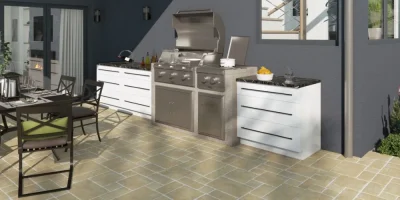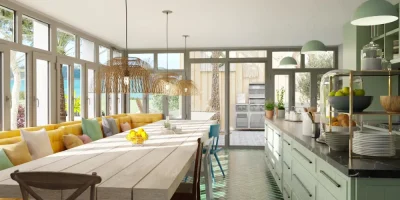Barndominiums are becoming one of the most popular choices for creating versatile, cost-effective living spaces. They combine rustic charm with modern functionality. Whether you’re an architect, contractor, or DIY enthusiast, finding the best barndominium design software is crucial for designing a dream barndominium tailored to your needs.
With advancements in design tools and technology, powerful options are available to help you create everything from functional barndominium floor plans to stunning 3D renderings. This guide explores the top design software options for 2025, showcasing tools with the key features you need to bring your vision to life.
How to Choose the Best Barndominium Design Software
When selecting barndominium design tools, look for options that balance functionality, customization, and ease of use. Consider these factors:
- Ease of Use: Choose a user-friendly platform that simplifies the design process, whether you’re a professional builder or a homeowner working on your barndominium.
- Key Features: Essential features include drag-and-drop design tools, 2D and 3D floor planning, and the ability to seamlessly add natural light, doors, and windows.
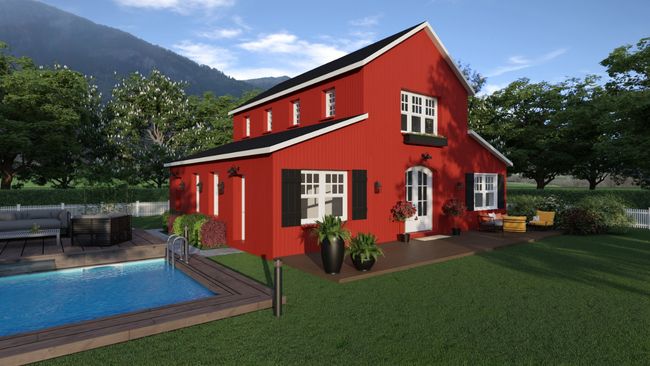
- Custom Design Capabilities: Ensure the software supports custom design to create layouts tailored to your unique needs, including garage and bathroom spaces.
- Cost Effectiveness: A cost-effective solution should provide professional-grade tools without breaking your budget.
- Visualization Options: Tools that allow you to visualize your design with realistic textures and virtual tours are invaluable for client presentations.
plan.
8 Best Barndominium Design Software for 2025
Let’s get into it.
1. Cedreo – Best for Professional Builders
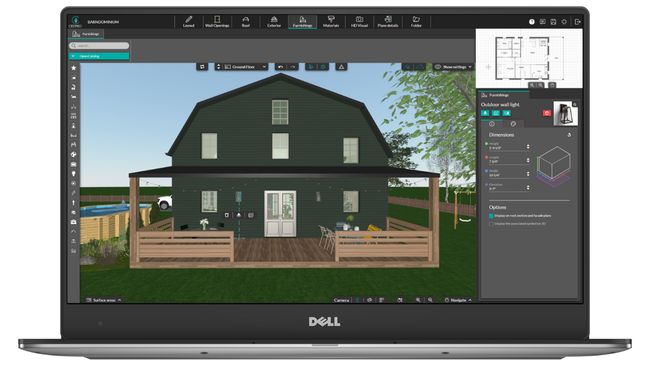
Cedreo is a top-rated platform for architects, home builders, and contractors. This design software streamlines the creation of barndominium floor plans, allowing you to complete projects in under two hours. Its 3D rendering tools help clients visualize their future homes with stunning accuracy.
Key Features:
- Drag-and-drop design tools for fast and easy layout creation.
- Seamless transition between 2D and 3D views to explore every angle of the project.
- Tools for adding roof elements, walls, and custom textures.
- Generate professional construction documents and client-ready presentations.
Why it’s great: Cedreo combines ease of use with professional-grade functionality, making it ideal for both contractors and clients.
Learn more about Cedreo’s floor plan software features here.
2. SketchUp – Best for Advanced Customization
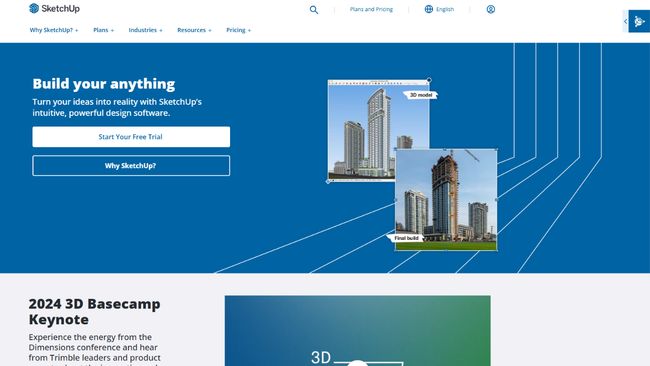
SketchUp is a versatile tool known for its advanced custom design capabilities. While it’s not tailored specifically to barndominiums, it offers unparalleled freedom for creative layouts and detailed building design.
Key Features:
- Extensive library of 3D models, including furniture and decor.
- Powerful plugins for additional functionality.
- Ideal for creating complex layouts and exploring innovative ideas.
Drawbacks: A steeper learning curve and additional costs for advanced features can make SketchUp less accessible for beginners.
3. Floorplanner – Best for DIY Enthusiasts

FloorPlanner is an easy-to-use solution for creating simple floor plans and visualizing spaces in 3D. This software is perfect for homeowners designing their barndominium.
Key Features:
- Simple drag-and-drop interface for quick layout creation.
- Ability to add natural light elements and furniture to designs.
- Great for smaller projects or basic home design.
Drawbacks: Lacks advanced tools for detailed construction or large-scale projects.ject Levels” that can be upgraded by purchasing credits.
4. AutoCAD – Good for Technical Professionals
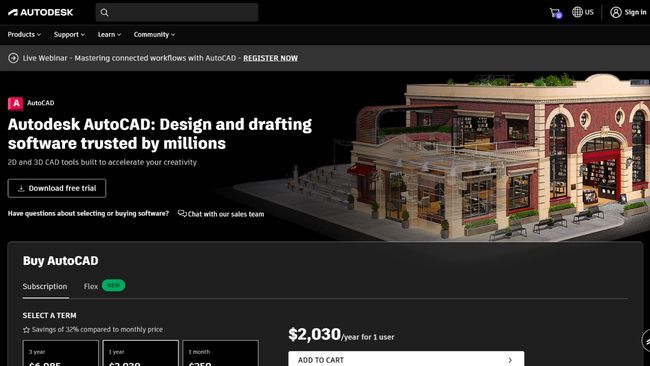
AutoCAD is the gold standard for detailed building design and technical drafting. It’s a great option for architects and contractors working on complex barndominium projects.
Key Features:
- Precise drafting tools for technical accuracy.
- Integration with BIM workflows for large-scale construction.
- Extensive support for detailed construction documents.
Drawbacks: High cost and complexity make it more suitable for advanced users.
5. Chief Architect – Best for Stunning Visualizations
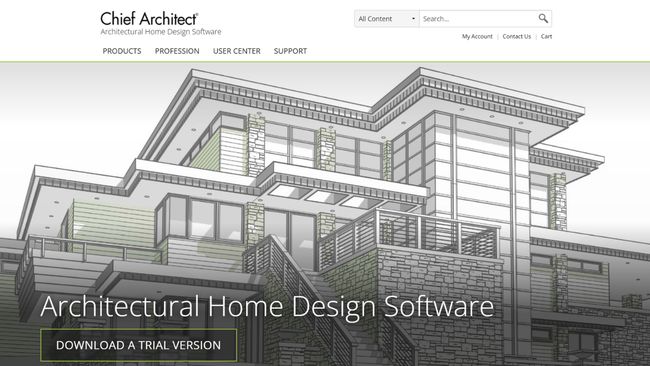
Chief Architect excels at creating highly detailed 3D models and layouts, making it perfect for professionals who want to impress clients with lifelike renderings.
Key Features:
- Advanced tools for landscape design, roof, and interior customization.
- Ability to showcase realistic materials and textures.
- Great for designing new homes and remodeling projects.
Drawbacks: Requires a significant time investment to master.
6. Home Designer Suite – Best for Homeowners
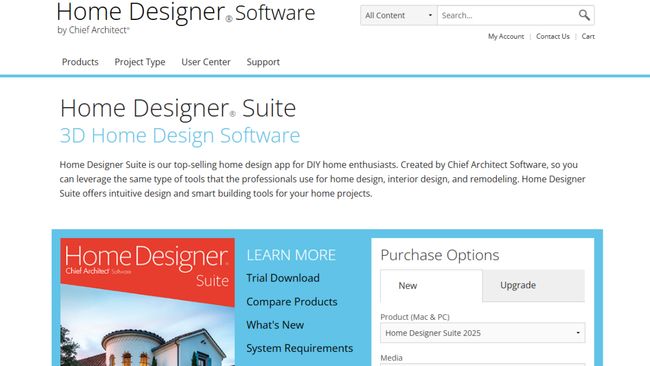
Home Designer Suite is a budget-friendly option for homeowners exploring barndominium design ideas without professional assistance.
Key Features:
- Intuitive tools for designing living spaces.
- Affordable pricing for non-professionals.
- Simplified interface for creating basic floor plans.
Drawbacks: Limited scalability for professional projects.
7. Planner 5D – Best for Beginners
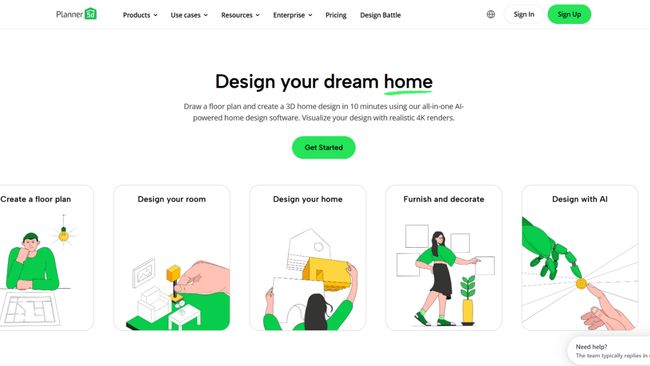
Planner 5D is ideal for beginners experimenting with barndominium floor plans and layouts.
Key Features:
- User-friendly drag-and-drop functionality.
- Basic tools for adding doors, walls, and furniture.
- Suitable for small-scale projects.
Drawbacks: Lacks advanced features for professional-grade designs.
8. RoomSketcher – Best for Virtual Tours
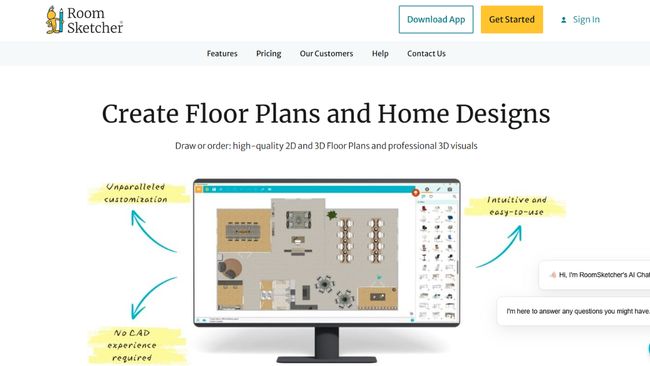
RoomSketcher is perfect for creating immersive virtual tours of barndominiums. This tool allows clients to explore designs in 3D and visualize every detail.
Key Features:
- Realistic 3D walkthroughs.
- Easy-to-use interface for professionals and clients.
- Ideal for showcasing layouts and interior designs.
Drawbacks: Subscription-based pricing for premium features.
Cedreo = a Professional’s Choice
Cedreo is a great choice for professionals looking to streamline the design process while delivering high-quality results. Comprehensive tools make it easy to create professional-grade designs efficiently.
- User-friendly platform: Designed for beginners and professionals, Cedreo eliminates the challenges of a steeper learning curve.
- Professional features: From 3D rendering to construction documents, Cedreo provides everything needed for successful projects.
- Custom design capabilities: Perfect for tailoring layouts to specific client needs.
- Visualization tools: Help clients envision their dream barndominium with realistic 3D views.
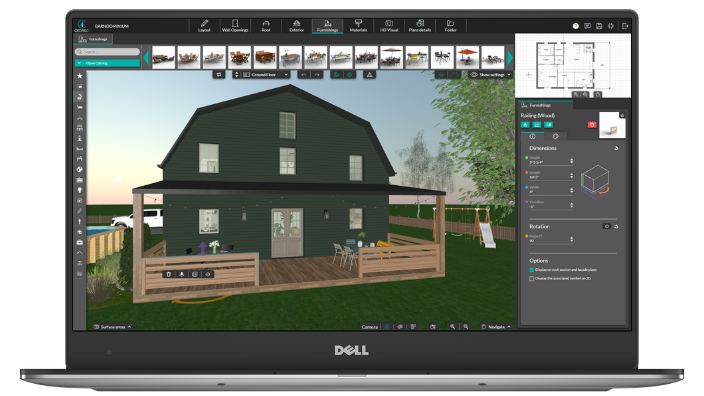
Design Better Barndominiums With Cedreo
Whether you’re an architect, contractor, or homeowner, choosing the right barndominium design software is key to turning your ideas into reality. Cedreo offers the perfect combination of key features, ease of use, and professional-grade tools to create beautiful and functional barndominium designs. Start designing your dream barndominium with Cedreo today!


